
Decorative Interior Wall Cladding - Stylish & Durable Wall Paneling Solutions
- Introduction to decorative interior wall cladding
and its relevance in modern interior design. - The transformative benefits and technological advancements of decorative interior cladding.
- Comparative analysis of key global manufacturers: performance, materials, sustainability.
- Comprehensive custom solutions for tailored decorative interior wall paneling projects.
- Real-world case studies illustrating diverse applications in residential and commercial spaces.
- Maintenance guidelines and longevity insights for decorative panel installations.
- Conclusion and outlook for the future of decorative interior wall cladding.
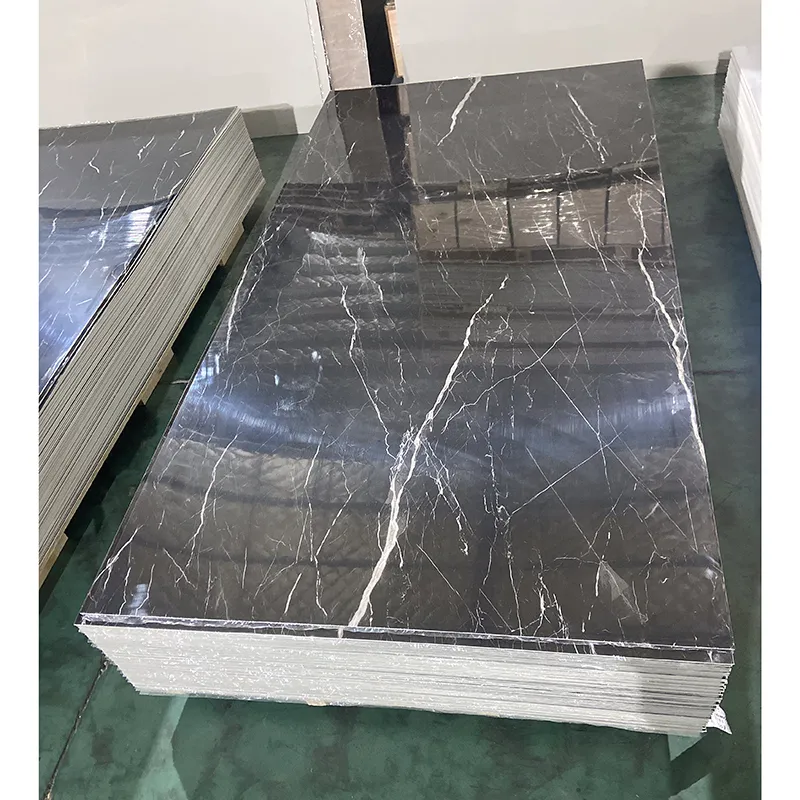
(decorative interior wall cladding)
Exploring Decorative Interior Wall Cladding: Design Evolution and Impact
Decorative interior wall cladding has reshaped contemporary interiors, providing not just aesthetic value but improved functionality and flexibility. Over the past decade, the global interior wall cladding market has grown at a CAGR of 6.2%, reaching a value of USD 8.1 billion in 2023. This surge is driven by consumer demand for unique, durable, and eco-friendly wall solutions.
In modern architecture and interior design, homeowners and businesses seek ways to integrate personality with practicality. Decorative interior cladding bridges this gap—combining a spectrum of materials such as engineered wood, PVC, MDF, metal, and high-density laminate to offer unparalleled customization. Architectural journals reflect that over 60% of high-end residential and commercial renovations in 2022 specified some form of decorative interior wall paneling, highlighting its growing mainstream presence.
The integration of cladding in interior design trends has also contributed to better sound insulation, improved energy efficiency by as much as 15%, and protection against surfaces wear or impact—making it an indispensable element in both functional and expressive spaces.
Technical Advantages and Material Innovations in Decorative Interior Cladding
One of the core strengths of decorative interior cladding is its adaptability—allowing designers and installers to create seamless finishes or bold visual statements across varied substrates. Modern manufacturing techniques utilize advanced lamination, digital printing, and interlocking profiles, resulting in panels that are lightweight, resilient, and highly customizable.
Innovations like anti-bacterial coatings, water-resistant finishes, and acoustic foam integration have elevated the standard functionality of wall cladding. For instance, PVC-based cladding panels can reduce wall moisture absorption by up to 80%, prolonging substrate life and reducing maintenance costs. Similarly, hybrid metal-polymer composites offer fire resistance conforming to ASTM E84 Class A ratings, improving safety for commercial environments.
Customization now extends beyond colour and finish to include surface textures that mimic stone, concrete, or natural wood grain. With laser-etched and embossed surface options, the tactile experience matches visual appeal, with surface hardness often exceeding 3H on the Mohs scale for scratch resistance.
Manufacturer Benchmark: Decorative Interior Wall Paneling Comparison Table
Choosing the right manufacturer is critical for achieving project goals—whether aiming for visual dynamism, regulatory compliance, or sustainable sourcing. The table below compares market leaders across key performance indicators:
| Manufacturer | Core Material | Fire Rating | Warranty (years) | Customization Level | Sustainability Certification | Acoustic Performance (NRC Rating) |
Yearly Output (Panels) |
|---|---|---|---|---|---|---|---|
| PanelTech Global | MDF, Laminate | Class A (ASTM E84) | 15 | Full Custom | FSC, LEED | 0.70 | 2,000,000 |
| Vivia Clads | PVC, HPL | Class B | 10 | Pattern Only | ISO 14001 | 0.65 | 3,500,000 |
| Decora Walls Inc. | Recycled Polymer | Class A | 12 | Color, Finish | Cradle2Cradle | 0.73 | 1,250,000 |
| Natural Facades | Stone Veneer/Wood | Class B | 20 | Natural Textures | FSC, GREENGUARD | 0.60 | 850,000 |
This benchmarking reveals that leading brands vary not only in core materials but also in their approach to eco-certification, warranty support, and acoustic efficiency. Such granularity empowers specifiers to prioritize what matters most to each project, whether it's sustainability, performance, or visual effect.
Tailored Decorative Interior Wall Paneling: Custom Solutions for Distinctive Projects
Customization has become central to the value proposition of decorative interior wall paneling. Today’s clients are not content with off-the-shelf designs; instead, they demand solutions that reflect their brand identity, functional needs, and spatial limitations. Manufacturers now offer full digital visualization and prototyping services, enabling precise preconstruction approvals.
Bespoke offerings often comprise made-to-measure panels, unique surface textures, and integrated functional enhancements. For example, high-traffic retail environments may specify anti-scratch polyurethane overlays, while luxury hotel suites require gold leaf or marble-effect finishes. Approximately 70% of custom cladding orders in Europe and North America include requests for acoustic improvements, especially in corporate and hospitality settings.
The rise of Building Information Modeling (BIM) compatibility also facilitates seamless integration of decorative interior cladding into broader construction schedules. As a result, installation time can be reduced by 20–30% compared to traditional wall finishing methods.
Application Cases: From Urban Residences to Commercial Masterpieces
Decorative interior wall cladding finds its place in a vast array of environments—from modern apartments seeking warmth and character, to high-volume commercial spaces demanding durability and impact resistance. Here are some real-world scenarios demonstrating diverse impact:
- Corporate Headquarters, New York: Installed high-gloss acoustic cladding panels in collaborative spaces, resulting in a 30% reduction in reverberation time and a measurable boost in employee satisfaction scores by 12% over the following year.
- Boutique Hotel, Paris: Used custom-milled MDF panels with digital prints of impressionist artwork, elevating guest experience and earning a local design award. Panels also integrated touch-activated ambient lighting.
- Healthcare Facility, Sydney: Specification of antimicrobial-coated PVC panelling across corridors and patient rooms led to a 25% decrease in surface-related health incidents within two quarters.
- Luxury Private Home, Dubai: Utilized seamless stone-effect cladding on feature walls and bathrooms, offering both opulence and moisture resistance, with routine cleaning requirements cut in half.
Care and Maintenance best practices for Decorative Wall Paneling
Proactive maintenance is essential to safeguard the appearance and integrity of decorative interior cladding. Most high-quality panels offer robust resistance to stains, warping, and fading; however, regular care extends their operational lifespan.
- For MDF or laminate finishes: clean with a microfibre cloth and pH-neutral cleaner every 2–4 weeks.
- PVC or polymer panels benefit from biannual checks for edge sealing integrity, ensuring moisture ingress is minimized.
- Natural veneer or wood-based products may require annual conditioning with recommended wax or oil treatments to preserve luster and color depth.
- For high-traffic zones, routine surface inspections for scratches or dents facilitate immediate spot repair, minimizing visual disruption.
Conclusion: The Future of Decorative Interior Wall Cladding
Decorative interior wall cladding stands at the intersection of innovation, performance, and craft. Its evolution is propelled by renewed attention to user experience, environmental responsibility, and design flexibility. As the market advances, next-generation cladding solutions will increasingly leverage smart materials—such as phase-change surfaces for climate control and integrated sensor arrays for adaptive lighting. These advances, alongside growing consumer sophistication, ensure that decorative interior wall cladding remains a cornerstone of premium interior environments for years to come.
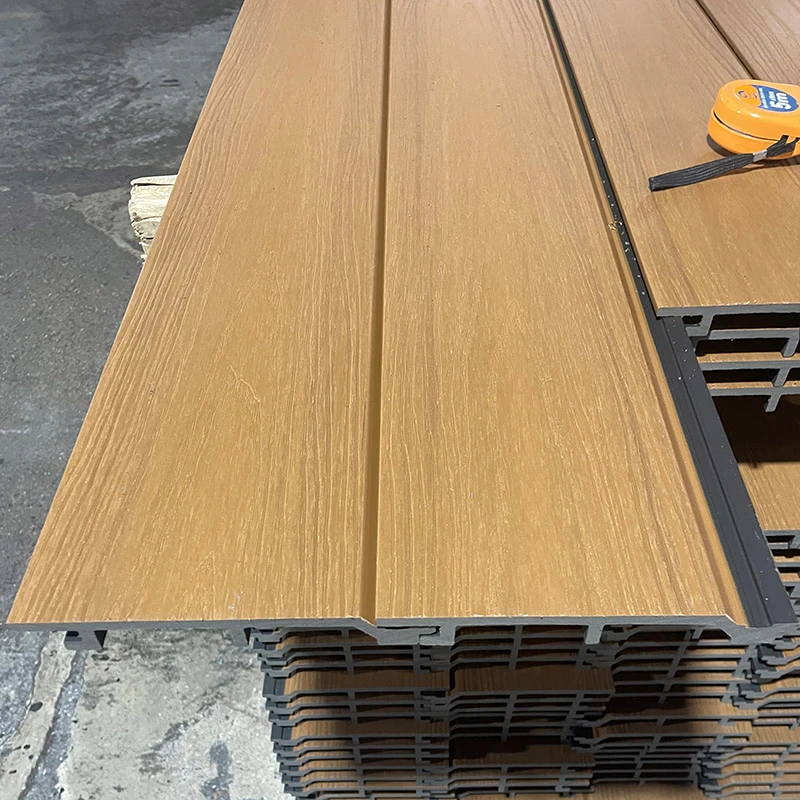
(decorative interior wall cladding)
FAQS on decorative interior wall cladding
Q: What is decorative interior wall cladding?
A: Decorative interior wall cladding refers to stylish panels or coverings designed to enhance the appearance of indoor walls. It combines aesthetics with protection for your interior surfaces. Popular choices include wood, stone, and PVC panels.Q: How does decorative interior wall cladding differ from standard wall paneling?
A: Decorative interior wall cladding is specifically designed for visual appeal, often featuring unique textures and finishes. Standard wall paneling may focus more on insulation or basic protection. Cladding brings a designer touch to any interior space.Q: Can decorative interior cladding be installed over existing walls?
A: Yes, most decorative interior wall paneling and cladding systems are designed for easy installation over existing surfaces. This minimizes renovation time and mess. Always consult installation guides for specific requirements.Q: What materials are commonly used in decorative interior wall cladding?
A: Common materials include wood, PVC, MDF, metal, and natural stone for decorative interior wall cladding. Each material offers distinct looks and benefits. Choose based on desired style, budget, and maintenance needs.Q: Is decorative interior wall paneling easy to maintain?
A: Most decorative interior wall cladding and paneling options are designed for easy care. Regular dusting and occasional wiping with a damp cloth are usually sufficient. Some materials, like PVC, require minimal maintenance compared to wood or stone.-
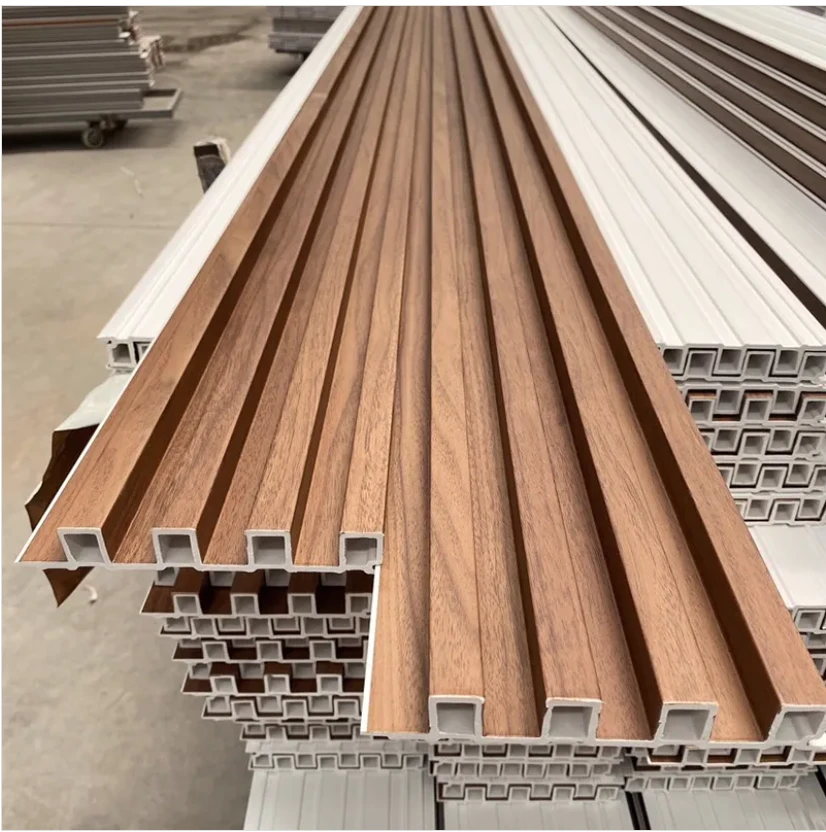 WPC Wall Panel Outdoor Weather ResistanceModern exterior design solutions increasingly utilize WPC exterior wall cladding for its exceptional durability and aesthetic appeal.Read More >
WPC Wall Panel Outdoor Weather ResistanceModern exterior design solutions increasingly utilize WPC exterior wall cladding for its exceptional durability and aesthetic appeal.Read More >Aug 05 2025
-
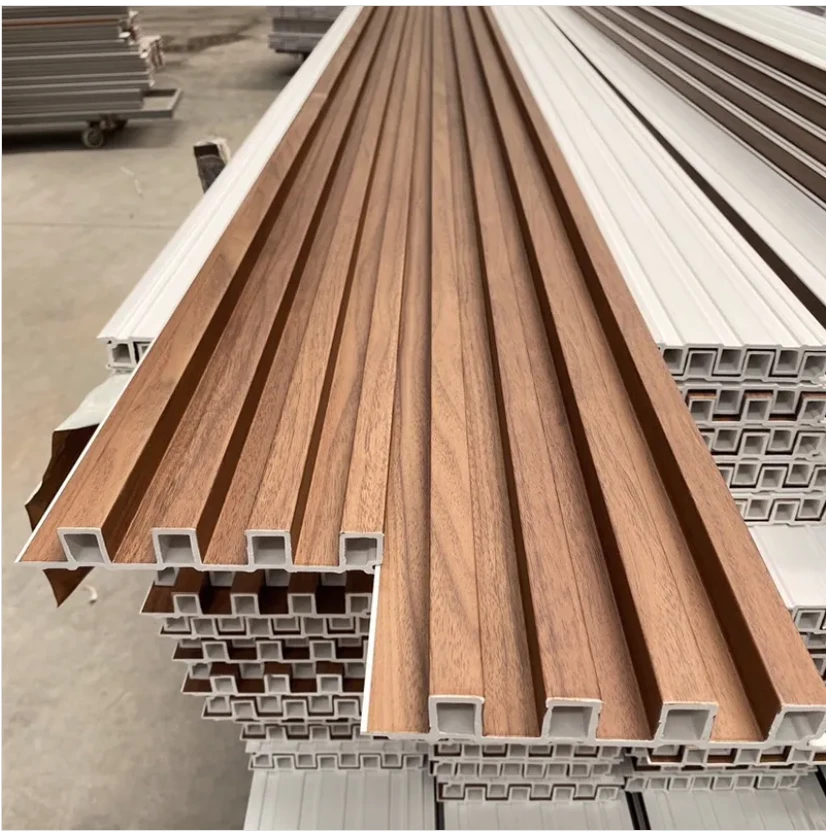 WPC Wall Panel for Wine CellarsThe ideal wine cellar requires specialized wall solutions that perfectly balance functionality and aesthetics.Read More >
WPC Wall Panel for Wine CellarsThe ideal wine cellar requires specialized wall solutions that perfectly balance functionality and aesthetics.Read More >Aug 05 2025
-
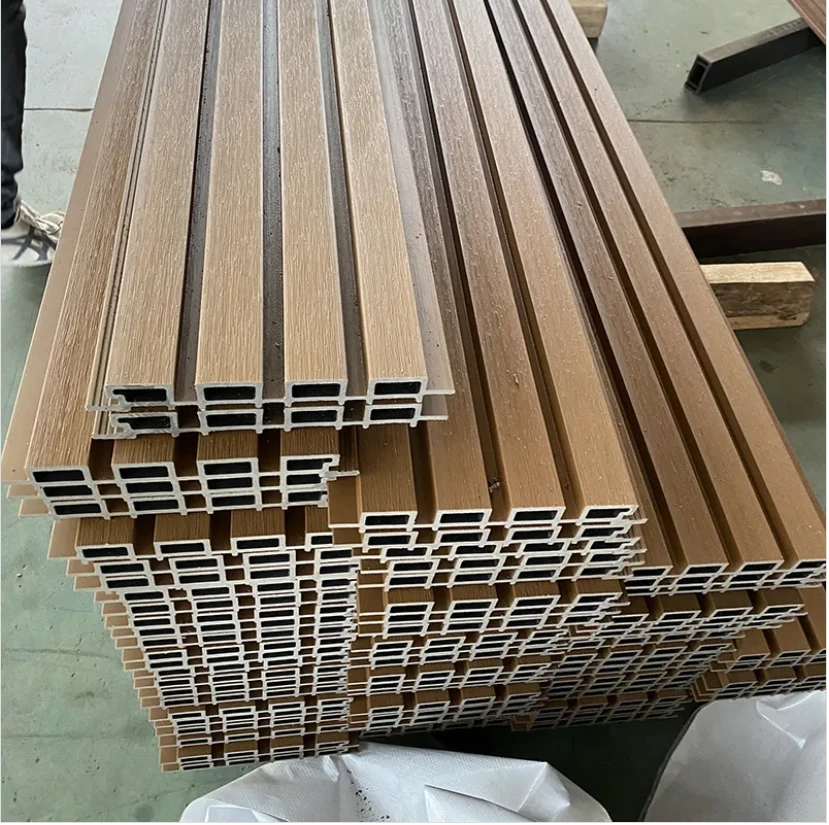 WPC Wall Panel Expansion GapsProfessional installation of WPC wall cladding requires meticulous attention to expansion gap requirements to ensure long-term durability and aesthetic performance.Read More >
WPC Wall Panel Expansion GapsProfessional installation of WPC wall cladding requires meticulous attention to expansion gap requirements to ensure long-term durability and aesthetic performance.Read More >Aug 05 2025
-
 SPC Flooring Stone Look Outdoor UseOutdoor living spaces now benefit from durable and stylish SPC floor tiles that combine the beauty of natural stone with exceptional performance.Read More >
SPC Flooring Stone Look Outdoor UseOutdoor living spaces now benefit from durable and stylish SPC floor tiles that combine the beauty of natural stone with exceptional performance.Read More >Aug 05 2025
-
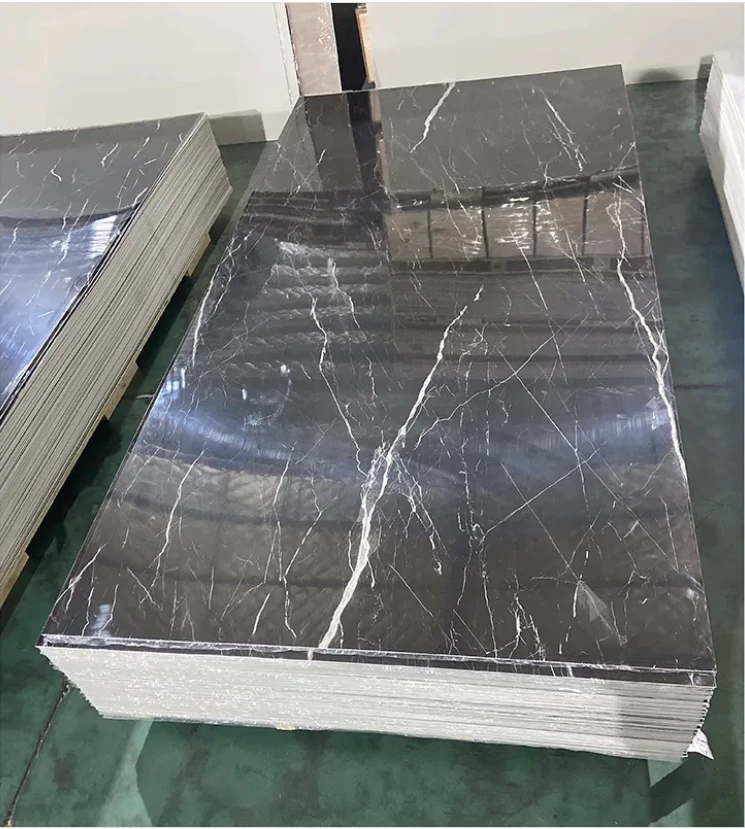 Marble Effect PVC Panels Color OptionsModern interior design increasingly utilizes marble effect PVC panels for their luxurious appearance and practical benefits.Read More >
Marble Effect PVC Panels Color OptionsModern interior design increasingly utilizes marble effect PVC panels for their luxurious appearance and practical benefits.Read More >Aug 05 2025




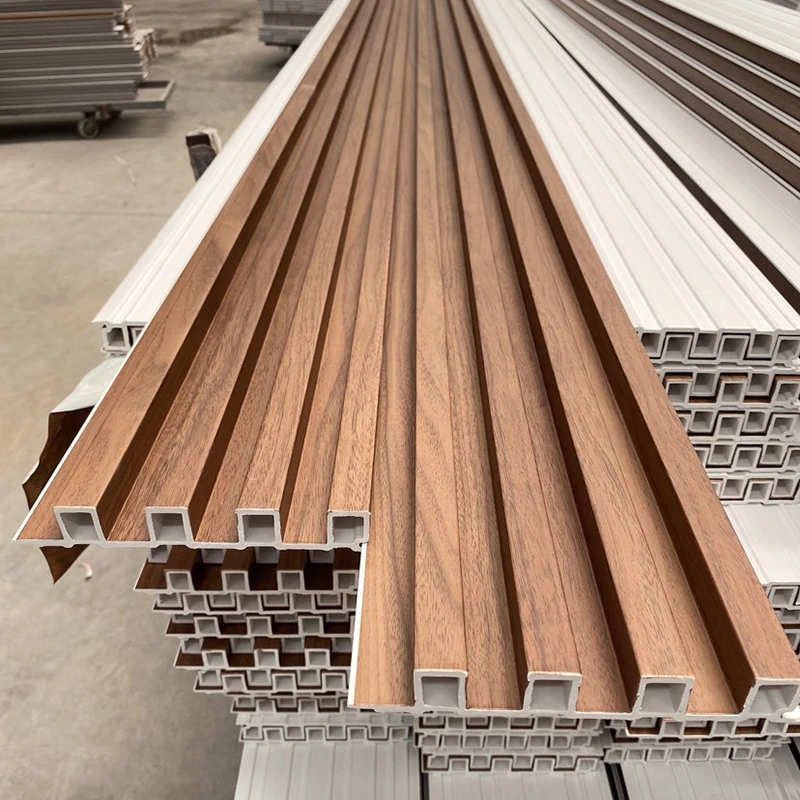
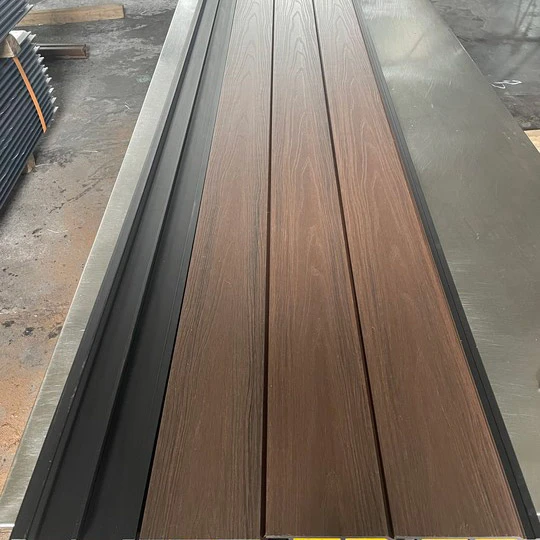

 +86 31185293045
+86 31185293045  qian@ss711.com
qian@ss711.com 















